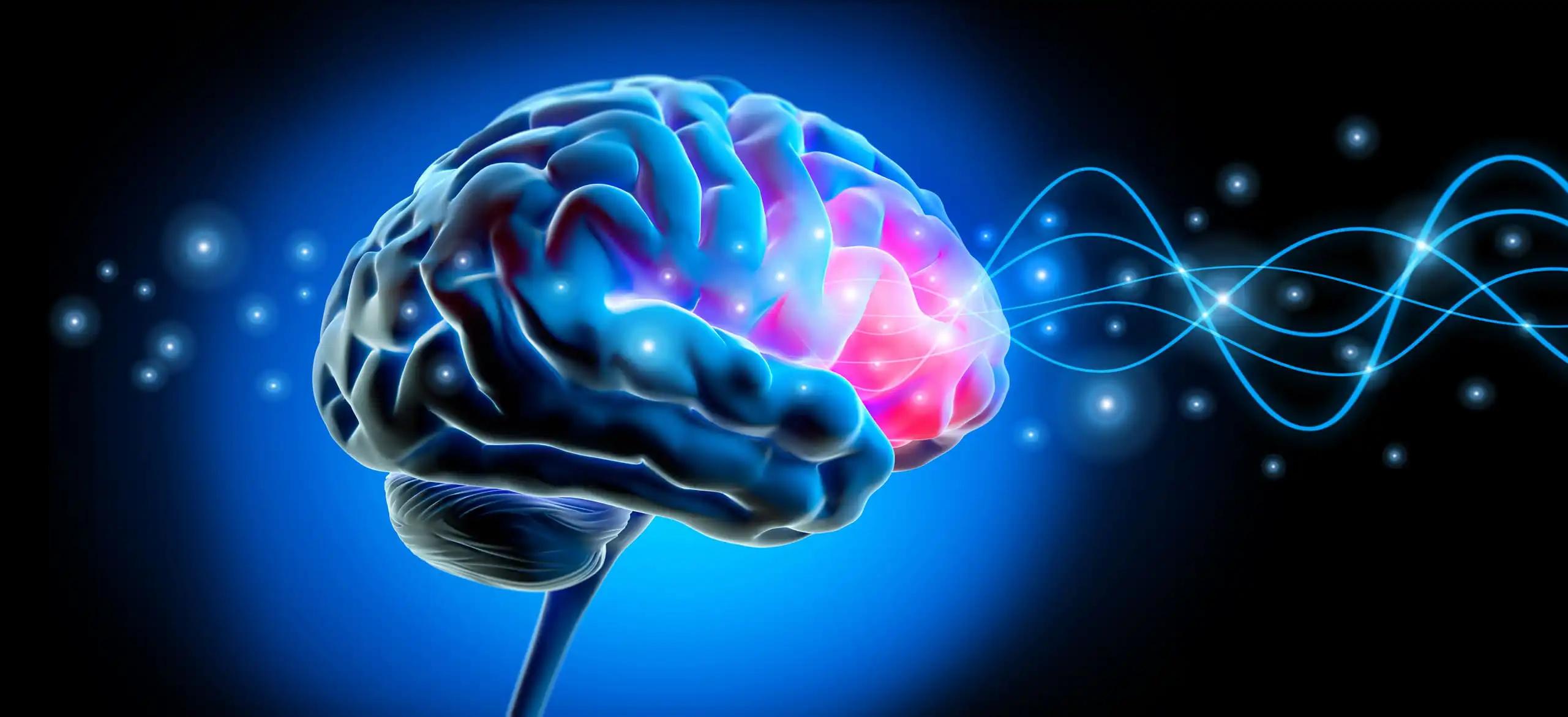KEY TAKEAWAYS
- The study aimed to explore radiomics and ML effectiveness in distinguishing RN from recurrence in SRS-treated brain metastases.
- The study concluded that radiomics with ML could aid in distinguishing RN from tumor recurrence post-SRS, requiring further validation.
Differentiating radiation necrosis (RN) from tumor recurrence following stereotactic radiosurgery (SRS) for brain malignancies poses a significant diagnostic challenge in radiographic examinations.
Mustafa M. Basree and the team aimed to assess how radiomics and machine learning (ML) could distinguish between RN and recurrence in SRS-treated brain metastases.
The study retrospectively identified patients with brain metastases treated with SRS who experienced either RN or tumor recurrence. Image preprocessing and extraction of radiomic features were conducted using ANTsPy and PyRadiomics, yielding 105 features from MRI T1-weighted post-contrast (T1c), T2, and fluid-attenuated inversion recovery (FLAIR) images.
Univariate analysis assessed the significance of individual features, while multivariable analysis involved various classifiers applied to the most discriminative features selected through feature selection. Machine learning models were evaluated through cross-validation, and the optimal model was selected based on the area under the receiver operating characteristic (ROC) curve (AUC). Specificity, sensitivity, and F1 score were computed.
Analysis of 66 lesions from 55 patients revealed that 27 features from the T1c sequence were statistically significant on univariate analysis, while none were significant from the T2 or FLAIR sequences. Among clinical variables, only immunotherapy use post-SRS showed significance. Multivariable analysis of T1c sequence features resulted in an AUC of 76.2% (SD ± 12.7%), with specificity and sensitivity of 75.5% (± 13.4%) and 62.3% (± 19.6%), respectively, in distinguishing radionecrosis from recurrence.
The study concluded that radiomics with ML could aid in distinguishing between RN and tumor recurrence post-SRS. Further validation in a larger multi-institutional cohort is warranted to evaluate its utility in patient care.
Research was partially funded by NIH, the University of Wisconsin Carbone Cancer Center Support Grant, and the Department of Human Oncology in the School of Medicine and Public Health at UW-Madison through research support from GE HealthCare.
Source: https://link.springer.com/article/10.1007/s11060-024-04669-4
Basree, M.M., Li, C., Um, H. et al. (2024). “Leveraging radiomics and machine learning to differentiate radiation necrosis from recurrence in patients with brain metastases.” J Neurooncol (2024). https://doi.org/10.1007/s11060-024-04669-4



